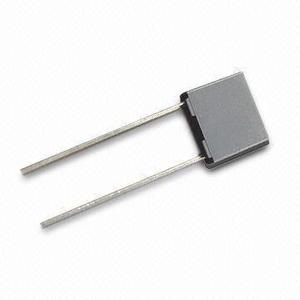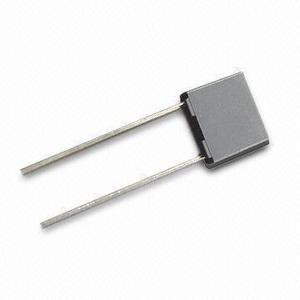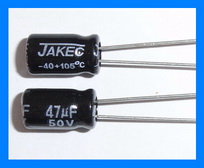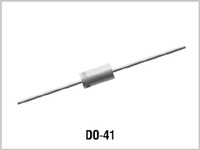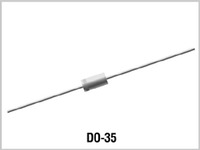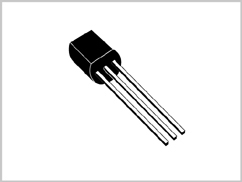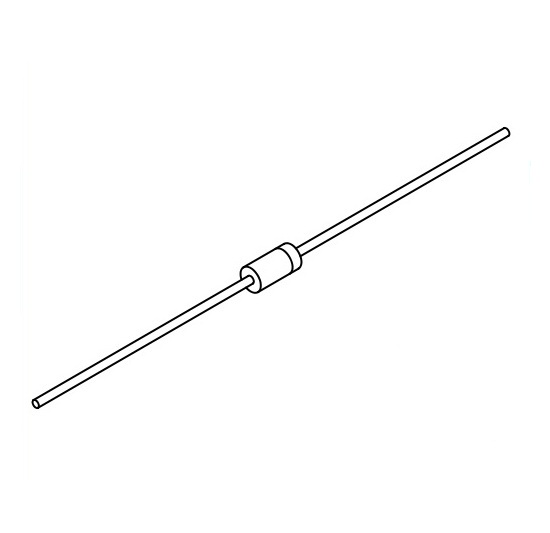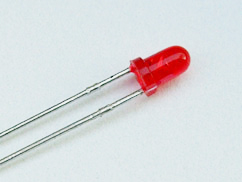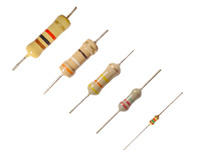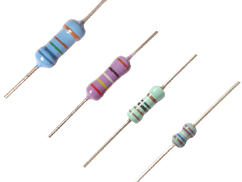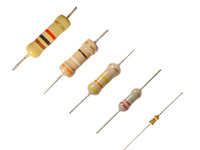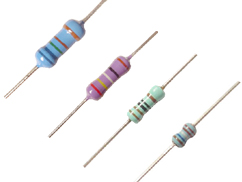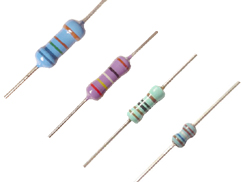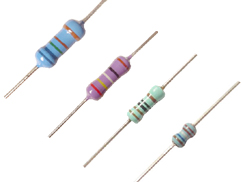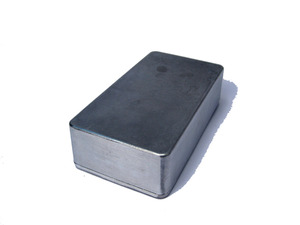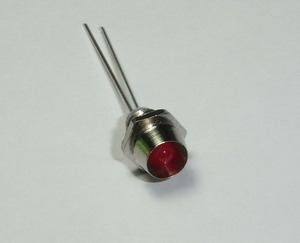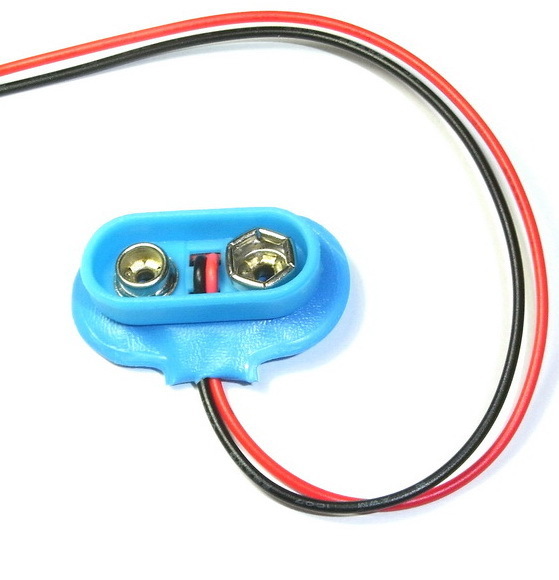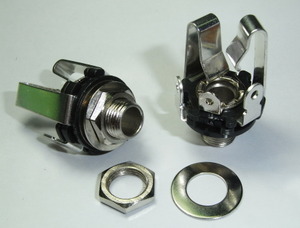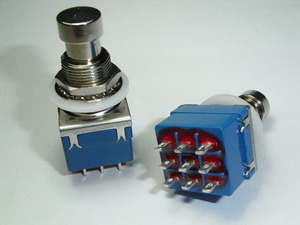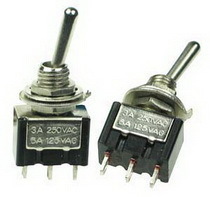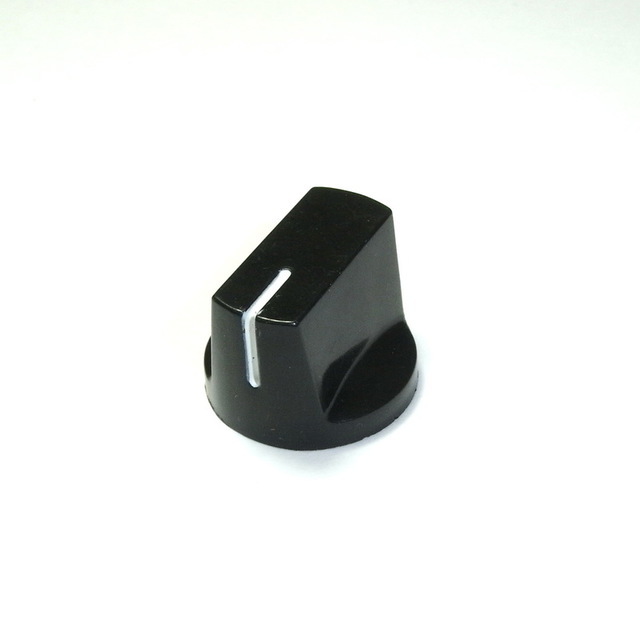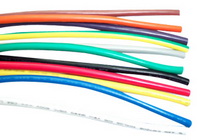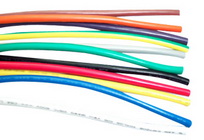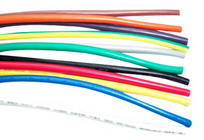English Man
This pedal emulates a VOX AC amplifier working at the limit. It has the ability to work as a clean boost or an overdrive depending on the volume and gain control, offering a great dynamic response and open sound.Steps
Categories
Status: Active
Designators and components Step 2 of 5
PCB DESIGNATORS
Resistors
R1 2.2M 2.2M OHM 1/4W 1% METAL FILM RESISTOR
R2 Not placed
R3 470k 470K OHM 1/4W 1% METAL FILM RESISTOR
R4 3.3k 3.3K OHM 1/4W 1% METAL FILM RESISTOR
R5 Not placed
R6 330 330 OHM 1/4W 1% METAL FILM RESISTOR
R7 330 330 OHM 1/4W 1% METAL FILM RESISTOR
R8 100 100 OHM 1/4W 1% METAL FILM RESISTOR
R9 2.2M 2.2M OHM 1/4W 1% METAL FILM RESISTOR
Capacitors
C1 470n 470NF 100V 5% POLYESTER FILM BOX TYPE CAPACITOR
C2 47u 47UF 25V ELECTROLYTIC CAPACITOR 5X11MM
C3 100n 100NF 100V 5% POLYESTER FILM BOX TYPE CAPACITOR
C4 47u 47UF 25V ELECTROLYTIC CAPACITOR 5X11MM
C5 100n 100NF 100V 5% POLYESTER FILM BOX TYPE CAPACITOR
Transistors
Q1 2N5088 2N5088 GERENAL PURPOSE TRANSISTOR
Diodes
D1 Not placed
D2 Not placed
D3 BAT46 BAT46 SCHOTTKY BARRIER DIODE
D4 BAT46 BAT46 SCHOTTKY BARRIER DIODE
D5 1N4148 1N4148 SWITCHING SIGNAL DIODE
D6 1N4148 1N4148 SWITCHING SIGNAL DIODE
Switches
S1 Jumper
S2 SPDT ON/OFF/ON MINI TOGGLE SWITCH ON-OFF-ON
Potentiometers
VOL 100k-B 100K OHM LINEAR TAPER POTENTIOMETER
GAIN 1k-B 1K OHM LINEAR TAPER POTENTIOMETER
PCB (LINK)
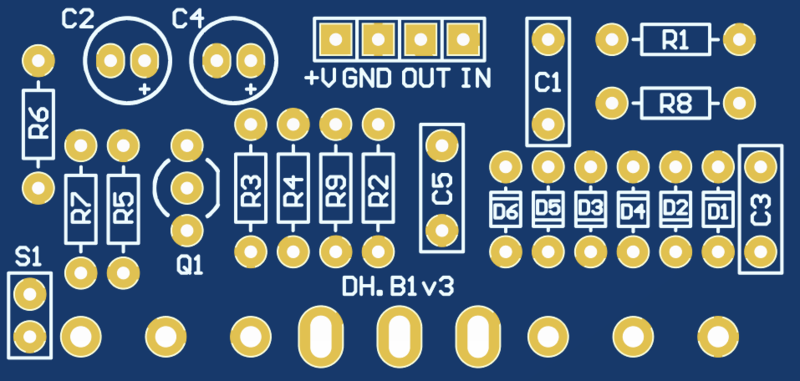
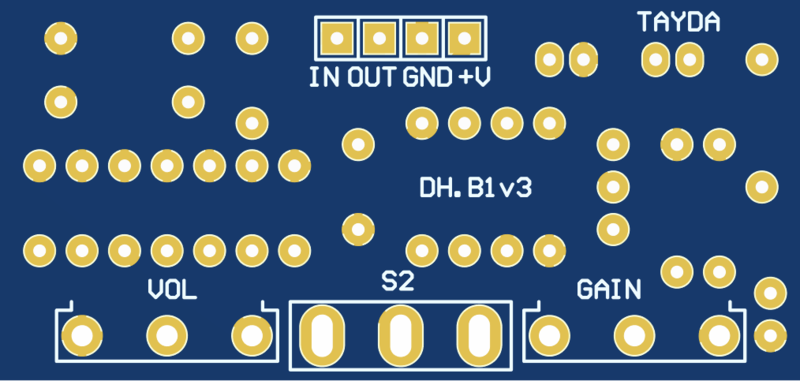
PCB SCHEMATIC
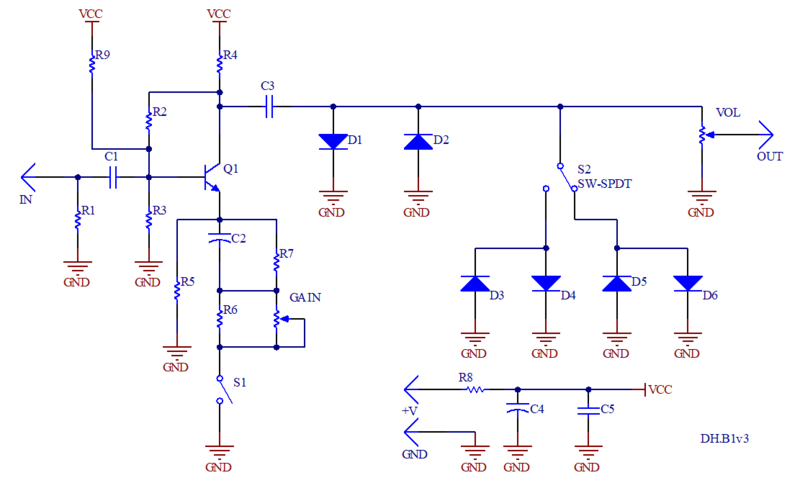
MODIFICATIONS
You can have different types of distortion by changing the diodes. The germanium diodes (1N60, 1N270, 1N34A..) will produce softer distortion, the silicon (1N914 , 1N4148...) harder and the leds more fuzz and crunch. You can also experiment with different combinations (symmetric o asymmetric). Use the diode sockets and easy change the diodes to find the sound you are looking for. This project already includes a diode selector, you can also use a rotatory selector to include more combinations.
GENERAL DESCRIPTION OF COMPONENTS
Resistors
Use a multimeter or the color bands to obtain the resistance value. Resistors do not have polarity, you can place them in any direction.

Electrolytic capacitors
Electrolytic capacitors have their value printed on them. The negative polarity pin is indicated by a white strip along the can. They also have a longer leg indicating the positive pin. The maximum voltage rating never can be exceeded, make sure you are using at least double voltage rating than your power supply. For example, if you are using a 9V power supply, use a electrolytic capacitor with at least 18V maximum voltage rating.
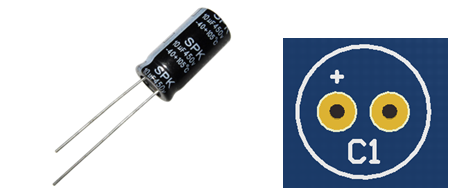
Polyester capacitors
Polyester capacitors have their value marked with three numbers. Read as picofarads (pF), the first two are the 1st and 2nd digits and the third is the multiplier code. These capacitors do not have polarity, you can place them in any direction.

Ceramic capacitors
Ceramic capacitors have their value marked with three numbers. Read as picofarads (pF), the first two are the 1st and 2nd digits and the third is the multiplier code. These capacitors do not have polarity, you can assemble them in any direction.
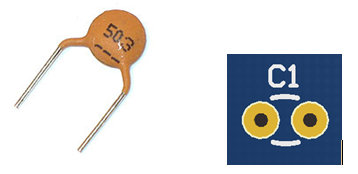
Diodes
Diodes have their model printed on them. The polarity (cathode) is indicated by the ring near the side. This ring is also marked on the PCB.
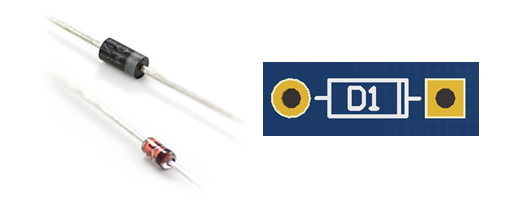
Led diodes
Led diodes have polarity, the cathode is indicated as a flat surface on the side of the diode and also it is the shorter led. On the PCB, the cathode is marked as a flat side and anode as a round side.

Transistors
Transistors are three terminals components and their model is printed on them. To indicate the correct orientation, one side of the transistor is flat and the other one is round.
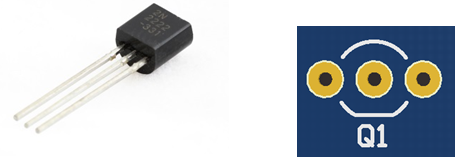
Potentiometers
Potentiometers have their resistance value marked on them. They are marked with A, B or C for logarithmic, linear and reverse logarithmic, respectively.

